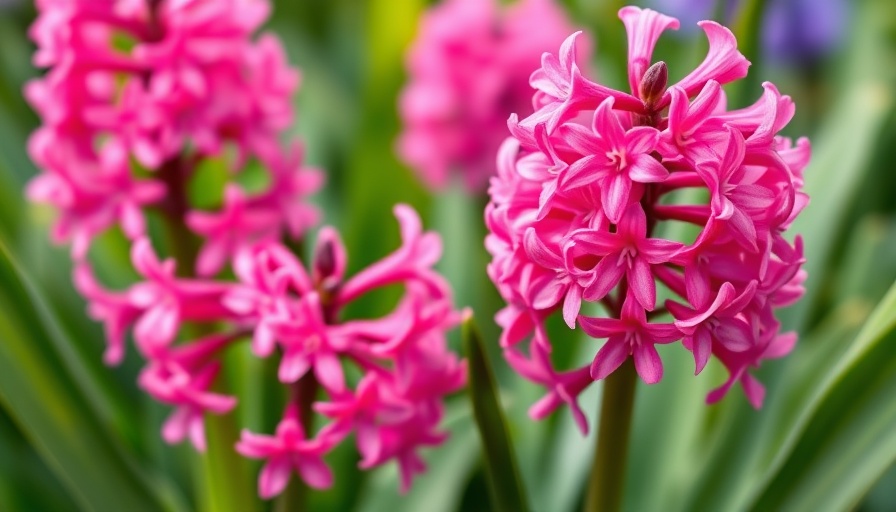
Why October is a Golden Month for Perennial Bulbs
For avid gardeners dreaming of vibrant spring displays, October offers a unique opportunity. As summer’s warmth lingers in the soil, and crisp autumn air sets in, the conditions are ripe for planting perennial bulbs that will awaken in the spring. Not only does the warm soil support quick root development, but the chilly nights signal to bulbs that it’s time to prepare for a glorious bloom after a long winter's sleep.
Choose from Classic Favorites
The challenge faced by many as October approaches is navigating the impressive variety of bulbs available. From the iconic tulip to the robust daffodil, several classic favorites reign supreme in the fall planting season. Tulips (Tulipa spp.) are beloved for their myriad cultivars—over 15 groups spanning early to late blossoms. Meanwhile, daffodils (Narcissus spp.) stand out for their reliability and heat tolerance, particularly favored in milder climates.
Explore New Pollinator-Friendly Options
Besides well-known varieties, why not venture into lesser-known bulb options for a dazzling display? Alliums, with their globe-like clusters of tiny flowers, are a splendid option that adds a unique flair while attracting beneficial pollinators. These bulbs thrive in a variety of scenarios, making them a smart choice for diverse garden styles.
Understanding the Science Behind Bulb Planting
Perhaps you’ve heard the term “vernalization”—it refers to the chilling process bulbs undergo to bloom in spring. When you plant in October, you're ensuring your bulbs get the cold exposure they need to signal the change in season. For those in warmer climates, store your bulbs in the refrigerator for a month before planting if needed. It’s all about facilitating that natural cycle for a spectacular bloom.
Mixing Bulbs for a Stunning Spring Landscape
One engaging aspect of planning your bulb garden is mixing floral varieties for a layered, textured look. Plant clusters of crocus (Crocus spp.), which flower early, alongside the classic tulip and charming daffodil for a seamless transition from late winter to early spring. Bulbs should be spaced 3-4 times their size apart for optimal blooming, ensuring their colors shine through your landscape each spring.
Factors to Consider When Planting Bulbs
Placement is crucial. Most bulbs thrive under full sun, and adding organic compost to your soil offers essential nutrients for robust growth. Consider the bulb size when digging; smaller bulbs should be planted 3-4 times their diameter, while larger bulbs require a depth of 2-3 times.
DIY Tips for Creating Your Garden
As a DIY enthusiast, incorporating bulbs into your garden can be a satisfying project. Whether you're planning an elegant garden border or an inviting container garden, consider adding ruffled edges, stone paths, or raised beds to increase variety and interest. Looking to create a planting box or design an elevated planter? The fall’s cool, moist conditions make it perfect for all kinds of projects that promote better drainage and growth. Explore options for building composting barrels or planning automated watering systems to maintain your garden effortlessly.
With October upon us, seize the moment. Choose a few of these perennial favorites and take the plunge into bulb planting. Your spring garden will bring you joy and satisfaction, and it all begins now.
Ready to start your backyard project? Consider a visit to a local gardening store for supplies and inspiration.
 Add Row
Add Row 
 Add
Add 


Write A Comment